This is a series of guest articles by Brenda Matanga on Intellectual Property and its impact on innovators and entrepreneurs
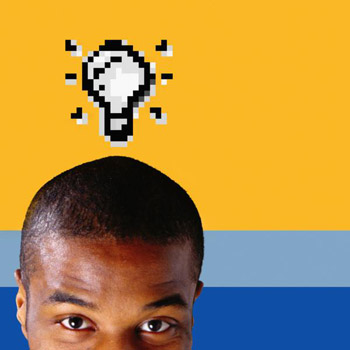
The foundational principle of Copyright Law is that it protects the expression of ideas and not the ideas themselves as such. This is easy enough to say but is often difficult to understand in practice as the line between ideas and their expression is often blurred; leading to many creators of ideas suffering loss when their ideas are taken and they find themselves without the legal remedies they may have believed that they were entitled to. To avoid finding yourself in such a predicament; the following tale will try to explain this crucial difference:
Say a certain TechZim reader called Quagmire comes up with the brilliant startup idea of creating software that does payroll calculations in a way that has never in all human existence been done or even thought possible. He thinks about it all day and all night; but somehow never gets the time to sit down and work on the necessary coding to bring his idea to life; although it is very clear in his head exactly how it will work. So excited about his idea that he absolutely must tell someone about it, he shares the idea with his friend Sheila; who happens to be a tech whiz too. Sheila is inspired but unlike Quagmire; she actually takes time to create the source and object codes that will run the software; pitches the startup to Microsoft and gladly retires to a Pacific island by the age of 30.
Could Quagmire sue Sheila for copyright infringement in such a situation? No he couldn’t; because copyright law does not protect the idea of having software that will do payroll calculations in a certain way; what is protected is the particular expression of this idea – the gobbledygook in the source and object codes that Sheila came up with. As a result; Sheila has copyright over the source and object codes for the payroll software; but never over the idea of having software that does payroll calculations; anyone is free to come up with their own code that does this. Of course; anyone could also independently come up with the very same code as Sheila did; as long as they can show that they did not copy her code directly; but more of this will be discussed in a later article on copyright infringement. The law would be absurd if it accorded copyright protection for all sorts of thoughts kept in most tech whizz heads which are known by them but may never materialise into a particular form such as written software.
However, all hope is not lost for our brilliant ideator. Quagmire could explore other legal courses such as the Law of Confidentiality to get compensation for Sheila’s use of his idea. Without going into too much detail; if Sheila knew that what Quagmire told her was confidential and went on to use that information to create her software without Quagmire’s consent; Quagmire could sue her for breach of confidentiality and make a claim for damages. [We will discuss more on breach of confidentiality in another article].
This fine line between ideas and their expression in Copyright Law goes to show the importance of keeping one’s ideas confidential; great care should be taken not to reveal too many details about one’s ideas. In situations where one must share one’s ideas; a properly drafted non-disclosure agreement can go a long way to avoid finding oneself in Quagmire’s quagmire (pardon the pun). To be able to enjoy the more extensive protection given by Copyright Law; it is also important that creators be aware of the legal requirements that must be met for copyright protection to be granted over their creations so that they can comply with them.
Do you have any questions on ideas and copyright? Please use the comments section below. The next article will discuss the requirements for copyright to subsist in a particular creation.






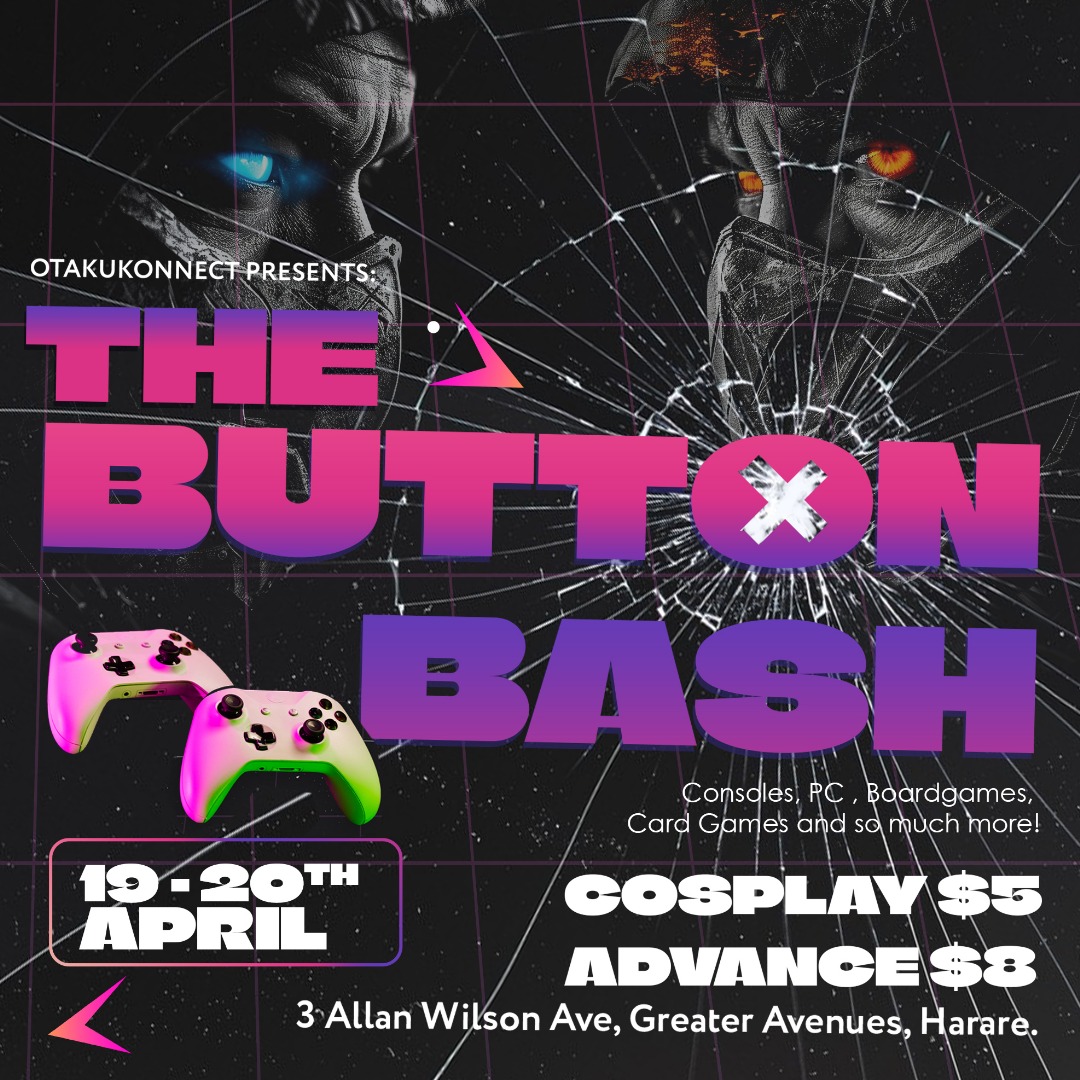
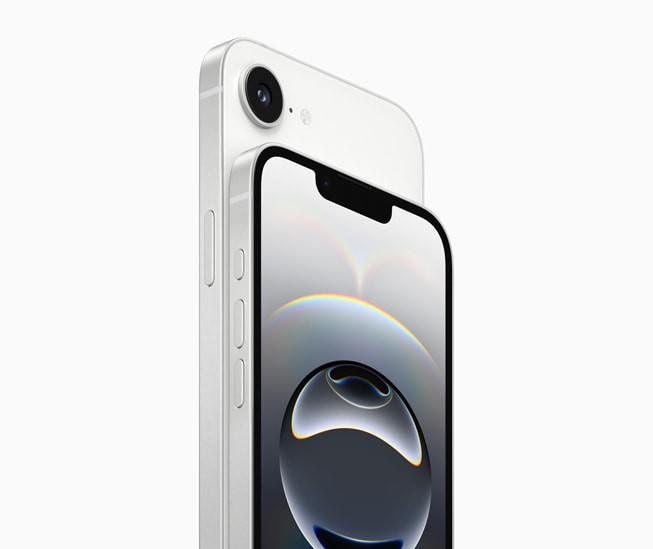
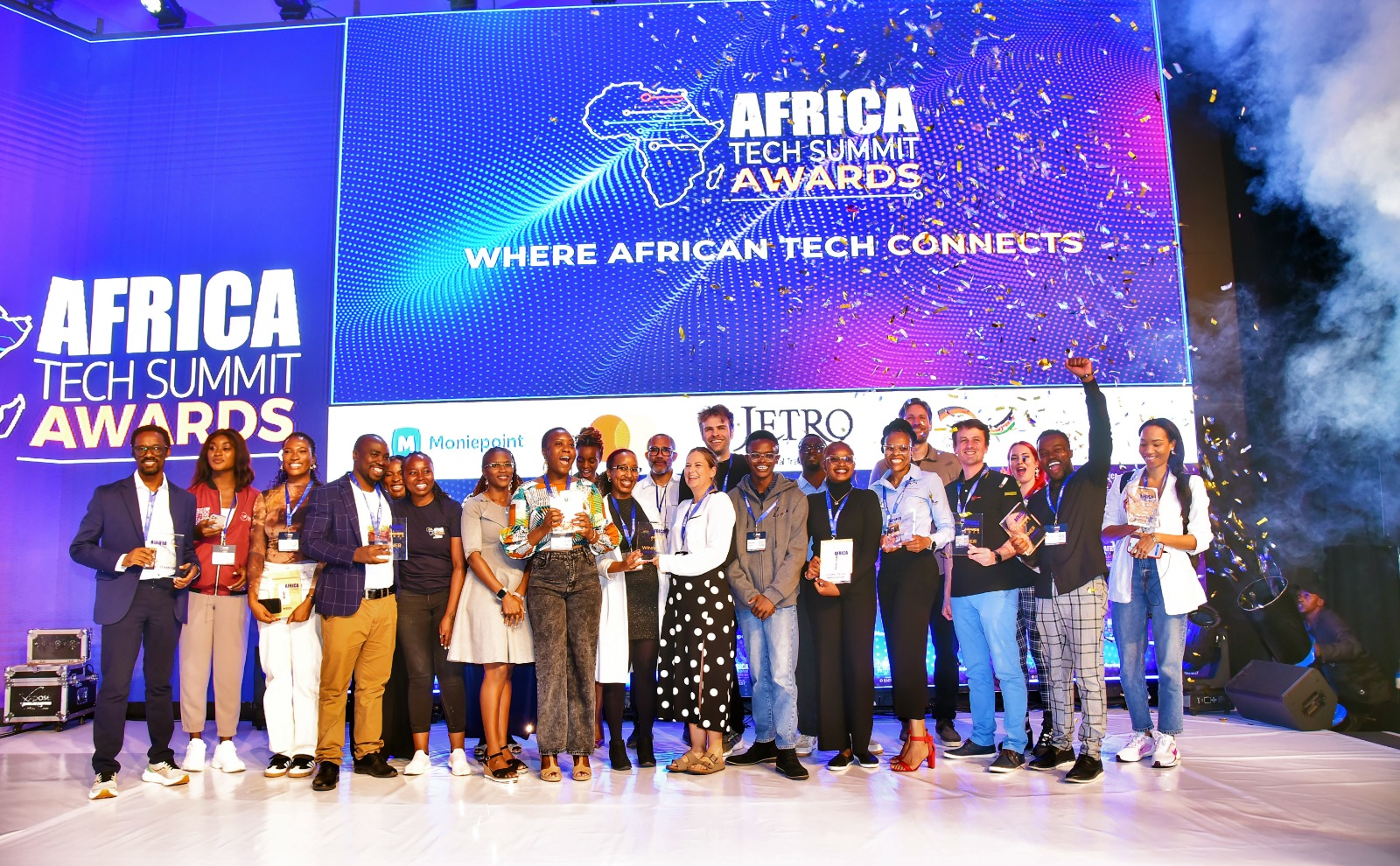
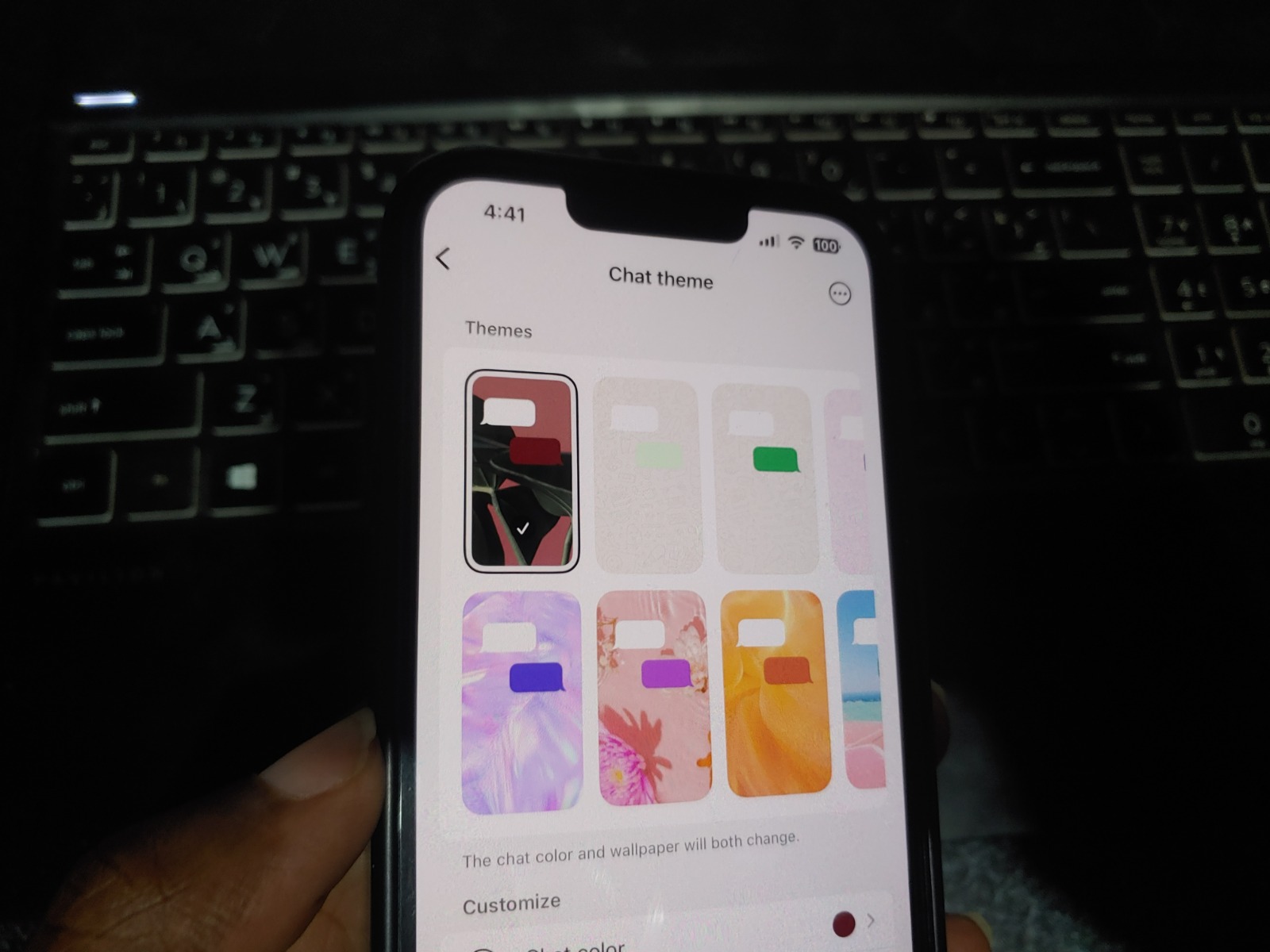
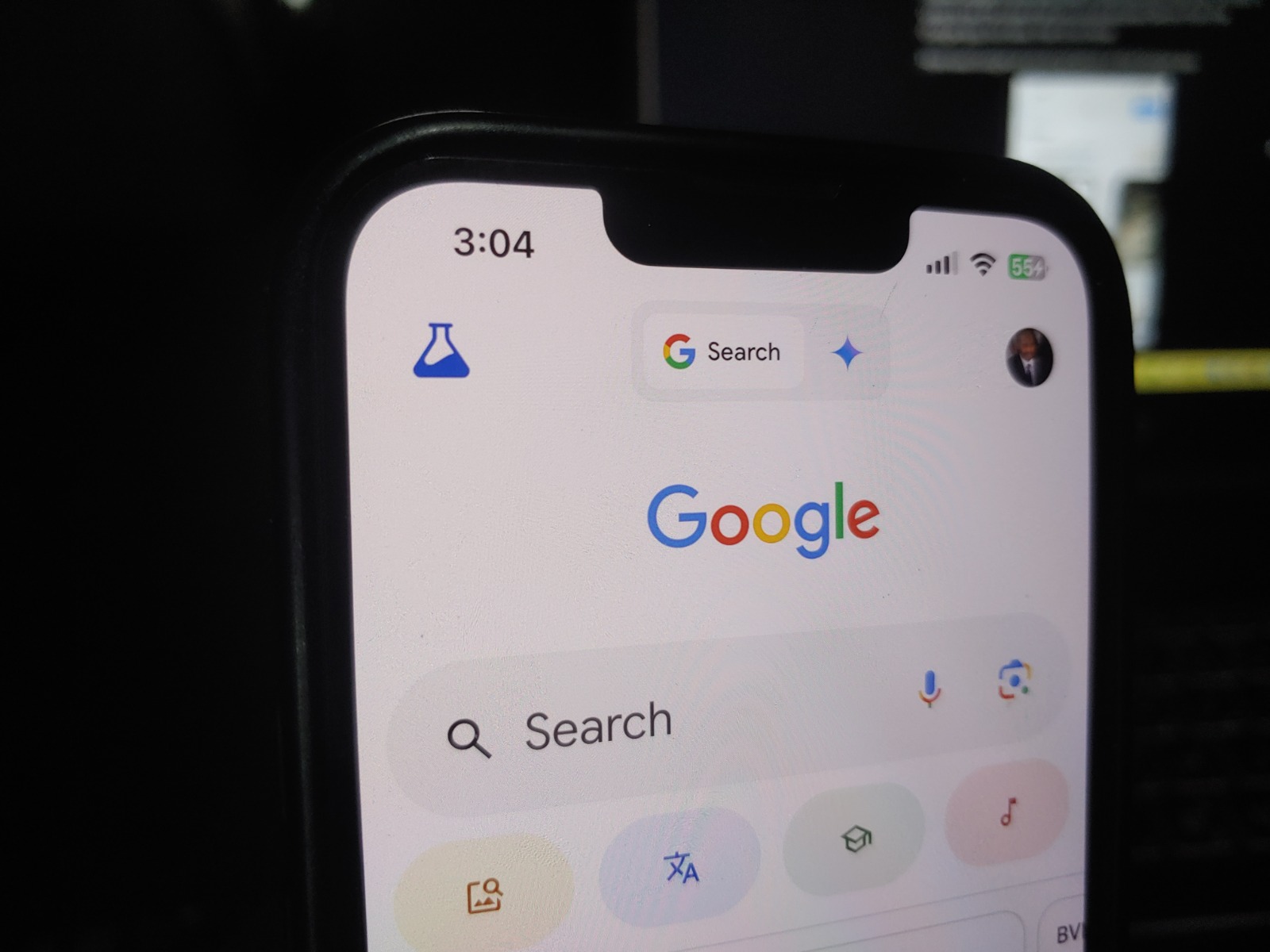
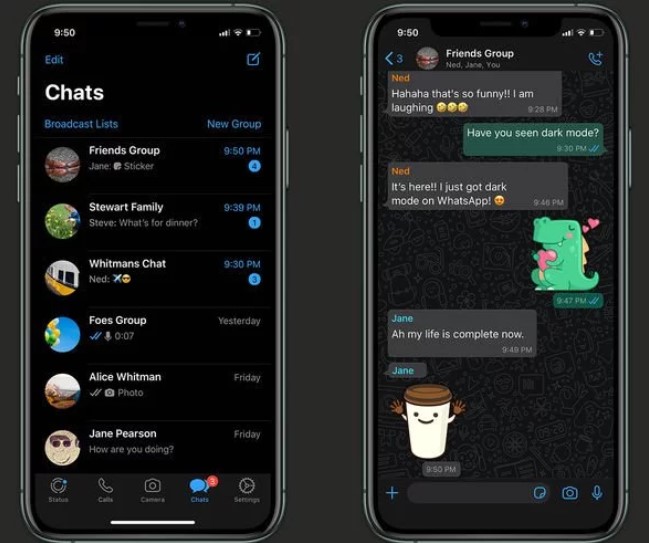

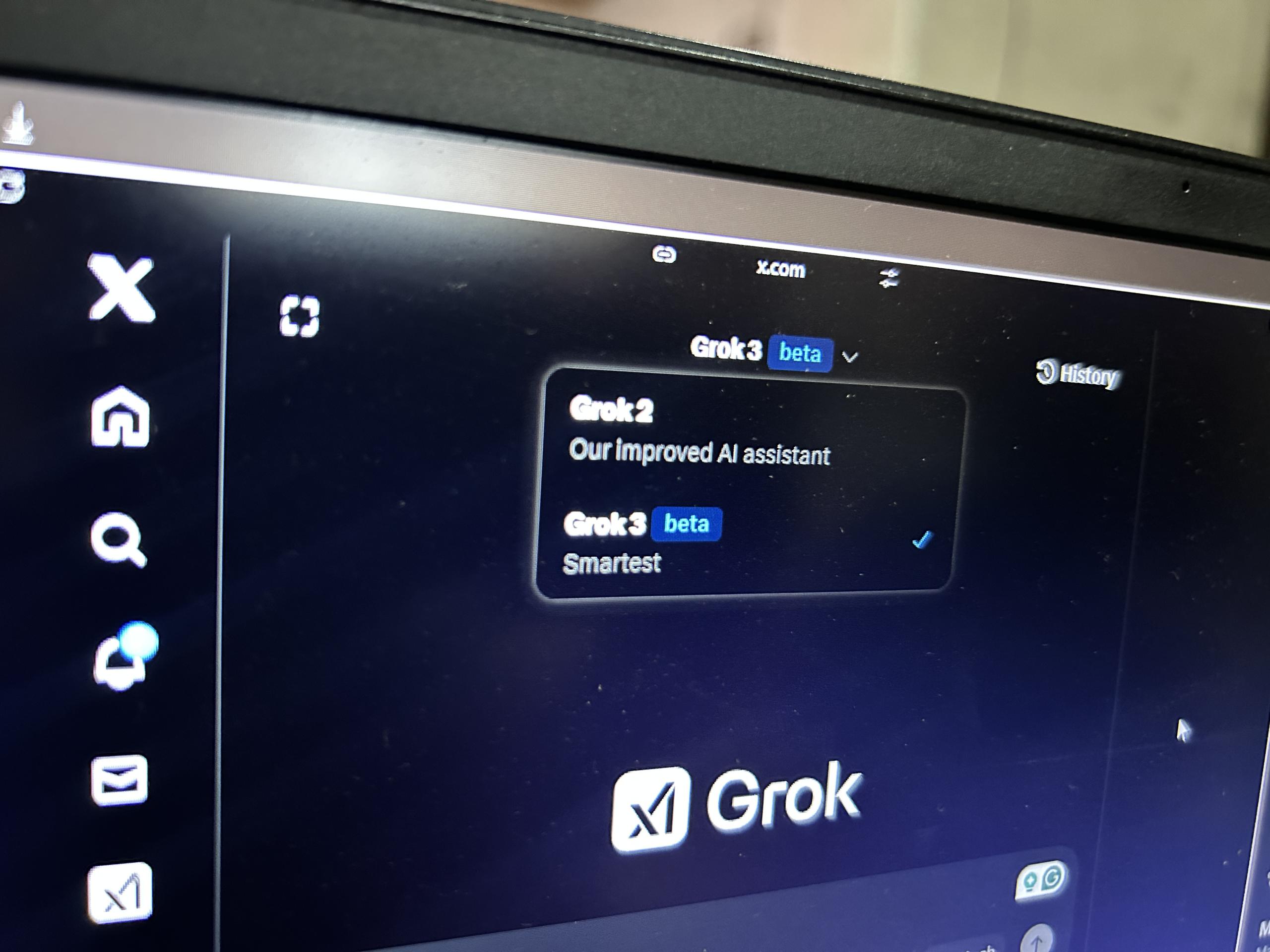
Comments
5 responses
Speaking of copyright – does Techzim clear the photographs they publish with the owners, or you simply swipe them in the hope that the owners won’t notice and/or attribution is enough (the ‘via XYZ’ caption)?
Where we can’t use our own images, as is the case in this article, we attribute and link to the source. Very difficult in a rapid process such as this to get explicit permissions for each and every image. Where the owner is uncomfortable with the way the image is used we take it down or as how they would like the attribution made.
Very well written article. At least it gives some of us laymen knowledge on what exactly is ours. You can have an idea, but if you dont come up with a method on how it will work, if somebody comes up with a method even if you have discussed it with them your having the idea does not entitle you to any claim to the invention. Please give us more of such articles because sometimes we are predudiced for lack of knowledge. I have a problem at my place of work were I came up with a quick and cheap method of processing a product giving the company hundreds of thousands of dollars and when I indicated to management that I needed to be paid a commission for my invention, I was told to go to hell because they said that is what I was employed to do. I am still aggrieved because I thought I was entitled to something because it was my initiative to come up with this method and I tried it (of course using company resources), but all I am getting is my miserable monthly salary.
Your email please
brenda@brenmatip.com-Thank you for the readership.